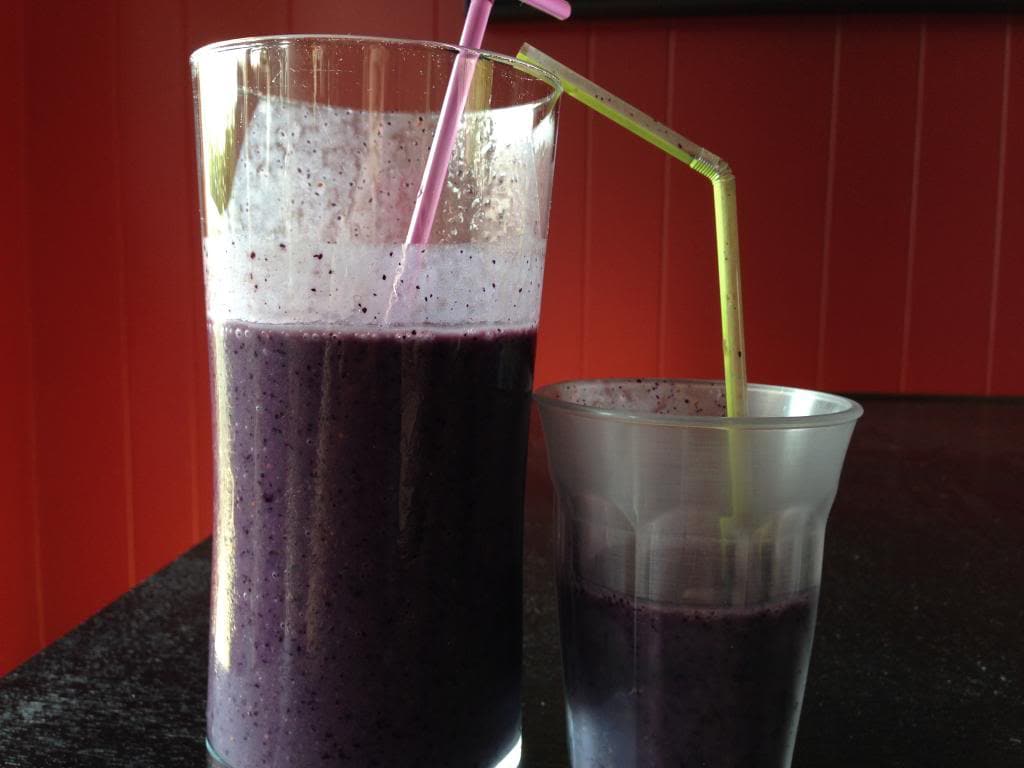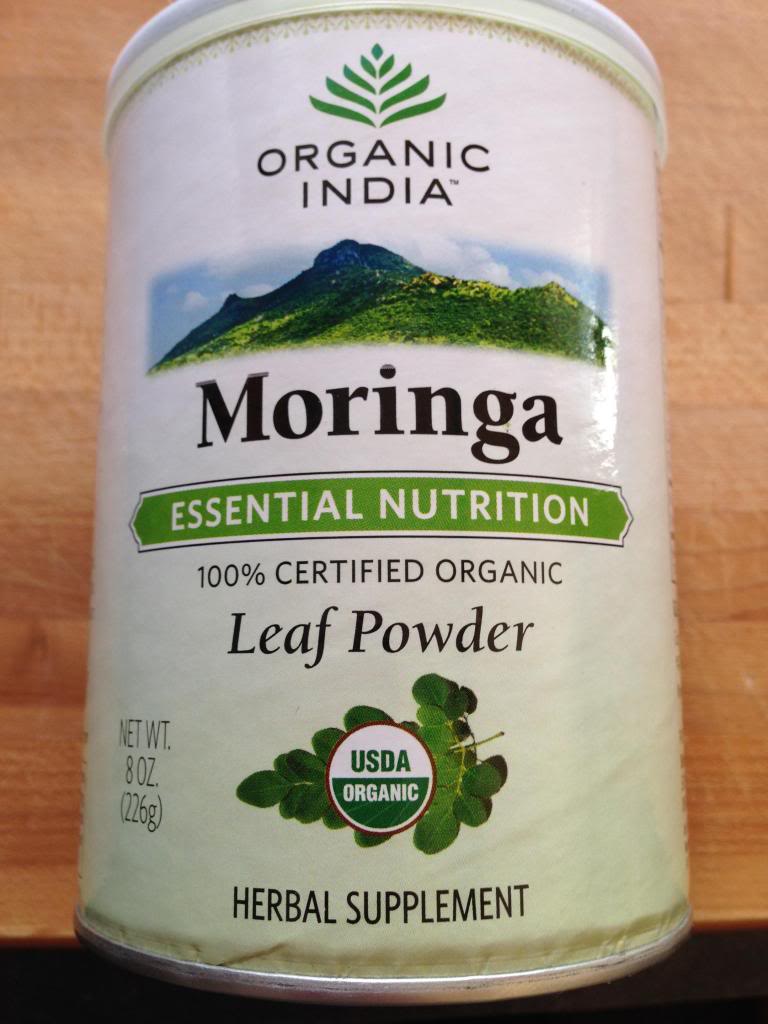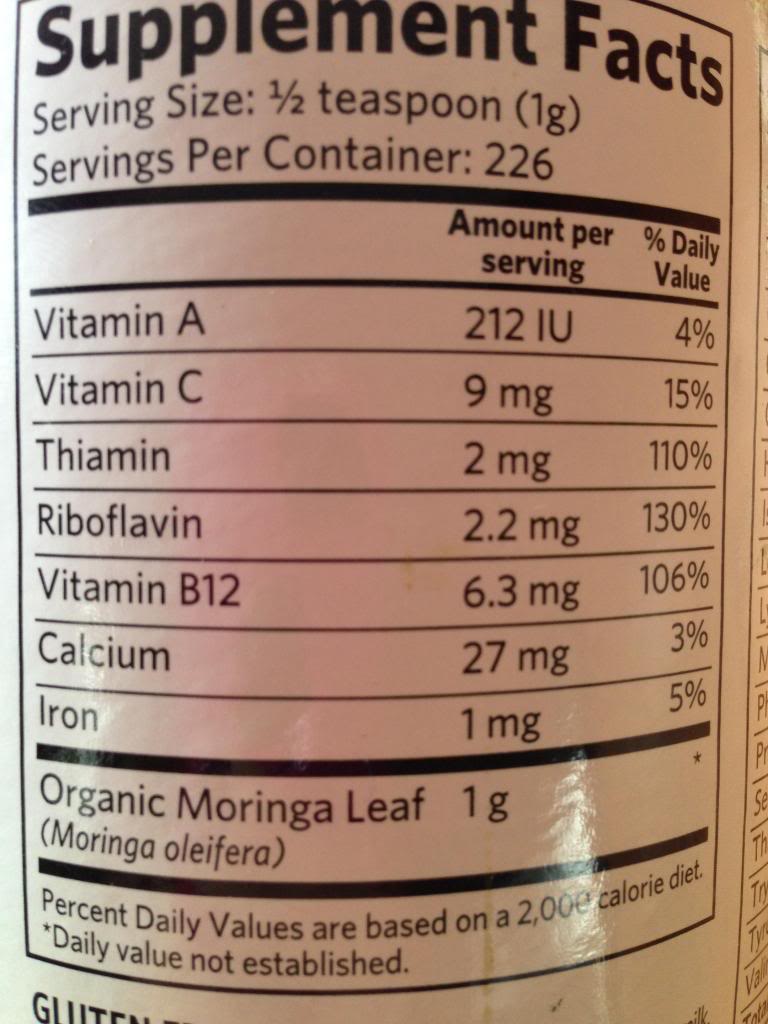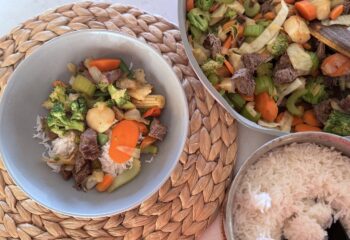
By Contributor Jen Shragge
I am generally a vegan. Wait, what? Yes, I consider myself vegan at home and flexible vegetarian when I eat out or at other people’s homes. I would say that I live by the 90/10 rule (90% of the time I eat vegan and 10% of the time vegetarian). My son is 100% vegetarian, but has started leaning more towards “kid-friendly” foods such as pasta and cheese and hummus with pita and veggies. I would love for him to eat kale salad and sauerkraut, but I know that I am going to just have to be patient and keep offering him more nutrient dense options until some of the items appeal to him. In the meantime, I do give him a multivitamin most mornings to ensure he is getting enough B12 (which is found in animal products), but I am always open to other options.

Cue Organic India’s Moringa powder. This leaf, native to India, has been used to combat malnutrition and has an impressive profile. You can check out all of the nutrients on their website. In addition to all of the vitamins and nutrients in this powerhouse, it is also vegan, gluten free, USDA certified organic and non-gmo. I added the powder to a banana, blueberry, strawberry and almond milk smoothie for myself and my son to try and I was really happy with the outcome. There was not an overly strong flavour (make sure you stick to the recommended dosage or you will find a slightly medicinal taste results) and my son powered through his smoothie in no time flat.
I consulted with Sondi Bruner, a Vancouver-based Holistic Nutritionist (www.sondibruner.com), and she was impressed with the general make-up of the product and thought it was definitely worth trying. She did caution that this product should not be used by pregnant or breast feeding women, or by those with diabetes or taking blood pressure medications. Since Moringa naturally lowers blood sugar levels and blood pressure, it can exacerbate hypoglycaemia and low blood pressure. She also pointed out that the Moringa plant has a toxic root and to ensure that any Moringa supplement contain only the leaves of the plant.

As a general reminder, she wanted to stress that supplements do not replace a healthy, well-rounded whole foods diet and to never exceed the dose. More isn’t always better.
If you are interested in jacking up your child’s favourite smoothie or morning juice, start with a 1/3 to a ¼ of a dose depending on their weight.
It is also worthwhile to ask ourselves, what are the environmental costs of products coming from developing nations on local residents and ecosystems? There may be none, but often many “super foods” can be sourced locally and it is always worth a look.
Overall, I think this is a great product for those that are looking for an extra nutrient boost that is easy to use and reasonably priced. I think I will be experimenting by adding it to other non-liquid items such as baked goods or items that my son eats that are not exactly screaming wholesome.
Do you or your family have a favourite super food?
Disclosure: I received a sample of a product to facilitate my review. No other compensation was provided and all views and opinions stated on this post are 100% my own.
Jen Shragge lives just south of Vancouver, BC with her Kid, Hubby and Doggie. When she’s not trying to make the world greener, she is trying to get her family to eat more green. She writes about her challenges and includes the recipes at cookingforthecarnivore.









23 Comments on “Super Food: Organic India Moringa {Review}”
Ive never heard of Moringa before. Thanks for posting!
Great info! I’ll be looking for Moringa now!
Interesting…
I love moringa! Put it in my morning smoothy 🙂
Yes, it is true about sticking to the measurement. If you put too much in your shake it does taste quite oddly.
thanks for the review
I had not heard of this before but it definitely sounds interesting as I have four very picky eaters.
Wow, this is awesome and would be a great way to fit more nutrients into my picky eating kids!
I’ve never heard of this before but it sounds like a good product to add to smoothies.
If you are interested, check out my website for more information http://www.moringhealthnow.com – This product is amazing
This sounds interesting. I will have to check it out. Thanks for the review
Hmm, interesting I have never heard of this, thanks for sharing
Thanks for the info! I have also never heard of this, but sounds very interesting.
Hi there! I discovered the amazing benefits of Moringa when I discovered Miracle Tree Wellness Teas! I found them on Amazon and I’m so happy with the results! Moringa is truly a miracle tree!
Moringa is new to me! Our super foods here are greens greens greens. I always find a way to incorporate them into any meal. Whether I have to hind them or not.
Never heard of Moringa before… interesting product
I have not heard of this before but I bet my son in law has, he is part owner in a health food store
Thanks going to be checking out Moringa now!
More I read on this the better it sounds
Hmm, I’ve never heard of this before but I think I would love to incorporate it into my lifestyle/diet as well. It sounds like it would be so amazing for me as well.
So,this sounds really delicious to me
I’ll be looking for Moringa now! Thanks
My daughter drinks these types of things daily